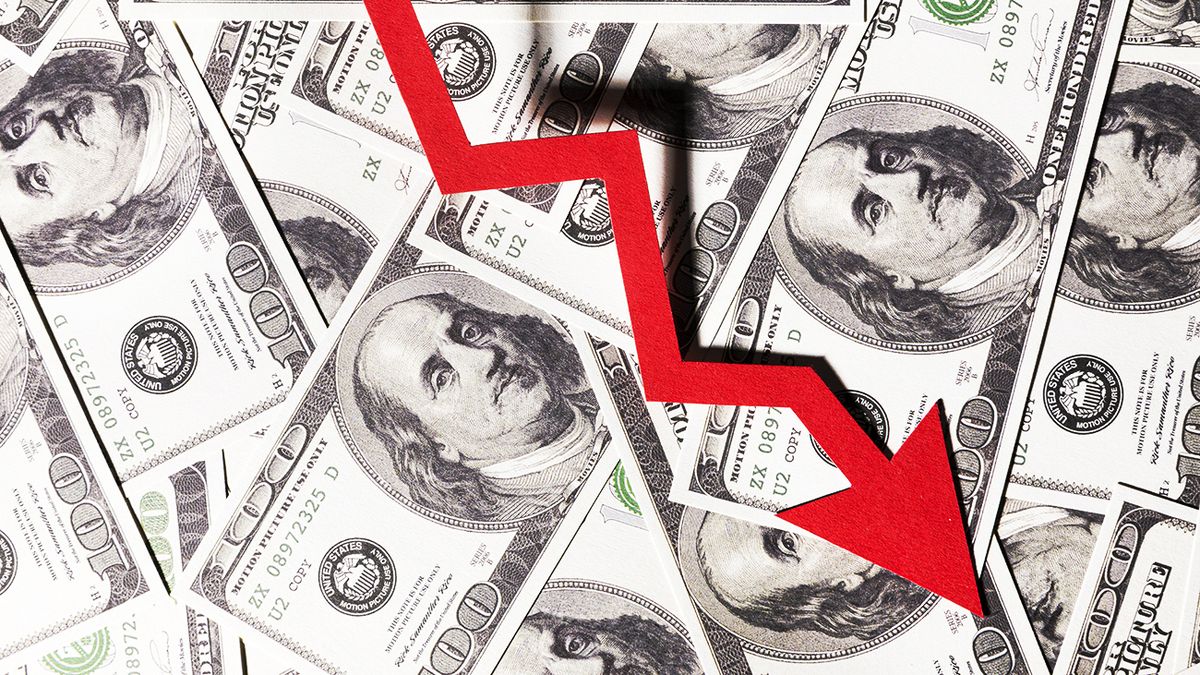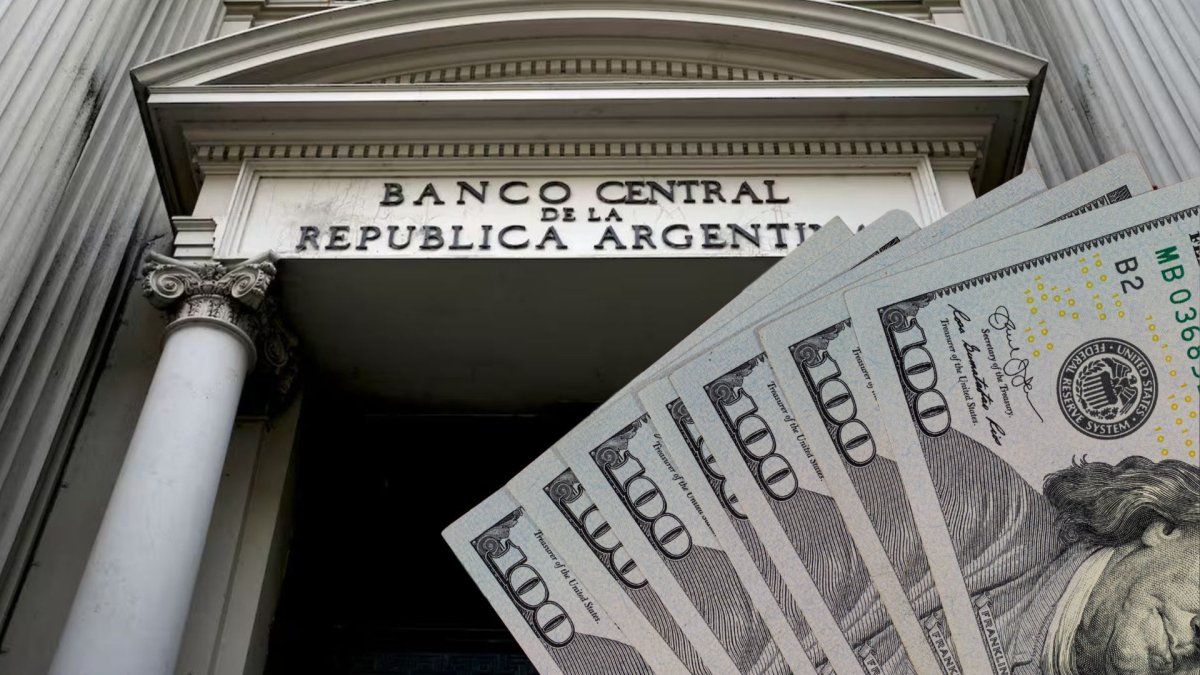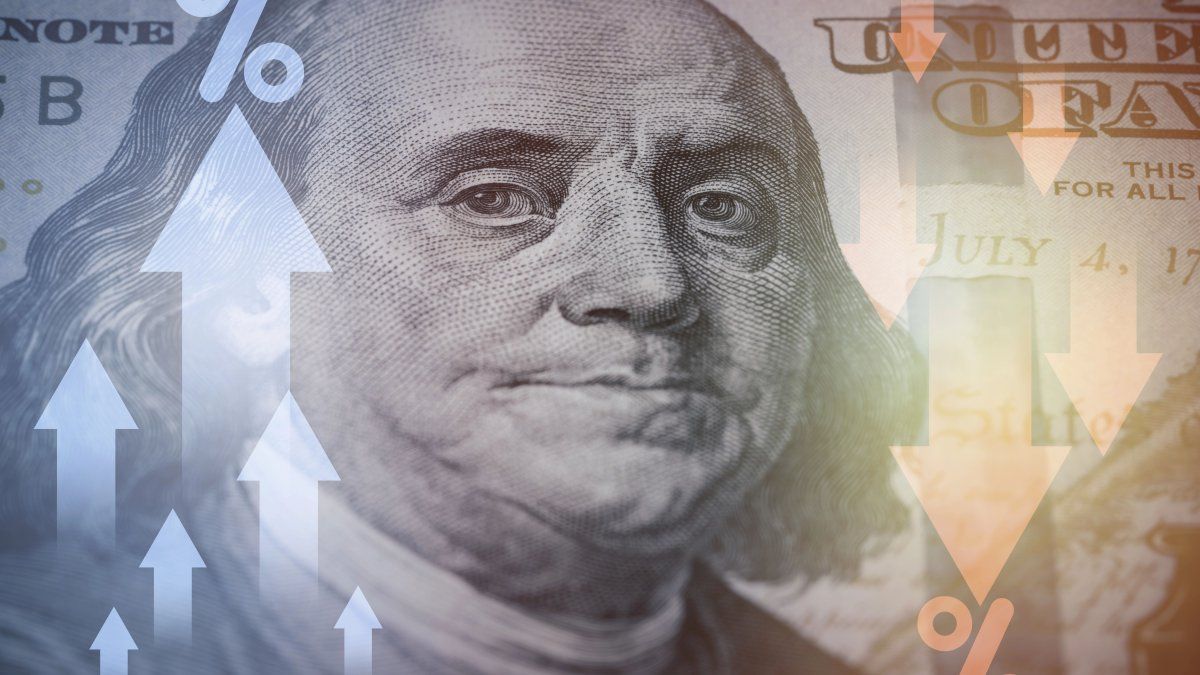He dollar closed on Wednesday at 38,698 pesos, according to the official price of the interbank Central Bank of Uruguay (BCU)and, in this way, so far this year accumulates a fall of 3.43% (1.37 pesos).
While in regards to last March 5, the registered monthly variation is 1.85% in red. If the price is compared with the same day, but from 2022 when the exchange rate was 41.428 pesos, the year-on-year variation is negative 6.59%.
The downward path of the dollar seems consolidated. Since the peak of Thursday, March 16, when it reached its maximum value in two months, the US currency has depreciated in 9 of the last 11 exchange days.
With the practically sustained fall of the last two weeks, it returned to the 38-peso range, in which it had not been since February, and since then it has not managed to exceed the 39-peso threshold. Now, in fact, he is just over $0.31 away from it.
He exchange rate delay increasingly disturbs several economic sectors of the country, being the agriculture the one that has most openly criticized the monetary policy of the Central Bank of Uruguay (BCU) in this regard.
The countryside, which is going through a drop in production as a consequence of the historic droughtclaim a exchange rate close to 48 pesos in order to recover competitiveness and face costs in dollars that remain stable.
In Argentina yesterday the government of Alberto Fernandez presented a new differentiated exchange rate for the countryside, which is experiencing a situation similar to that of Uruguay due to the same climatic phenomenon. He soybean dollar 3 It will be quoted at 300 Argentine pesos (42% above the official wholesale dollar), although in the case of the neighboring country the objective is for that sector to liquidate foreign currency necessary for the reserves of its central bank.
Source: Ambito




